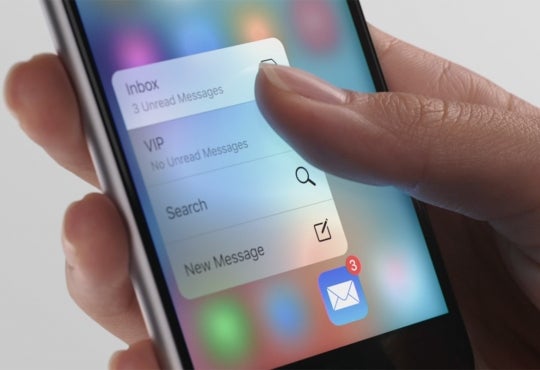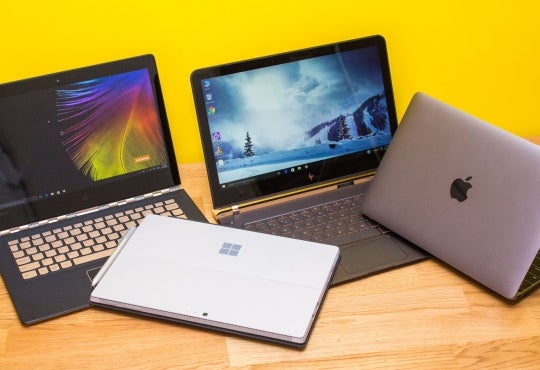Since 2012 in Europe, and 2014 in the United States [i], some paraplegic individuals have had the opportunity to begin walking again. Whereas the word “bionics” was once solely used by science fiction writers dreaming up an idyllic or dystopic future, it is now used to describe a physical product on the rehabilitation market with the potential to spread to consumers everywhere. Ekso Bionics and ReWalk are producing bionic suits that allow paraplegics to stand up, walk, and even (in the case of ReWalk) navigate stairs.
Built to mimic an exoskeleton, these bionic devices are battery powered and can accommodate people with varying levels of strength and paralysis. Even with complete paraplegia, as long as someone has use of their hands and shoulders they will likely be able to walk. Ekso is the easier of the two in terms of physically donning and removing the device (it can be put on in five minutes or less), [ii] and can be easily adjusted for a wide range of sizes. The user gets strapped into the device with the battery located on their back. The brunt of the weight is held by the feet of the equipment rather than the person wearing it. Both companies’ suits attempt to recreate a natural walking gait with steps initiated either through a button pressed by an assistant or through shifting one’s weight to activate sensors.
The medical benefits are a key point that both companies are looking to hone in on in order to begin getting their products into the mainstream. Beyond potentially helping in reducing bed/pressure sores, merely being able to actively exercise paralyzed limbs could be invaluable to patient health. However, not enough testing has been completed to confirm any solid results for long-term benefits. Ekso Bionics released a statement discussing one of their own short-term studies that showed positive results revolving around the lessening of pain in individuals with full spinal cord injuries, as well as an increase in mental wellbeing as patients are able to interact with others eye-to-eye [iii].
For now, these devices are mainly used in specialized rehabilitation centres due to their steep price (upwards of $70,000 [iv] -$130,000 [v] each), but the CEO of Ekso wants to see bionics become more wearable and commonplace for industrial workers and average folks alike, giving everyone additional support in accomplishing physically strenuous tasks (e.g. heavy lifting or long-distance running/climbing). We have already passed the date where Marty McFly [vi] came to the future and encountered hover-boards in common use, but with the rise of once-futuristic technologies on the horizon (virtual reality, self-driving cars, holograms, etc.), such goals are not as absurd as they once may have seemed. In the near term, though ReWalk has options for those looking to use their suit at home, Ekso does not currently endorse using their product outside or without an assistant, which may limit their current expansion.
Even if bionic use is limited to some gaining the ability to participate in a more rigorous physical rehabilitation program, these advances in technology will still have helped bring folks literally back onto their feet.
[i] Adams, S. (2011, October 21). Robotic skeleton helps paraplegic walk. Retrieved October 7, 2015.
[ii] Ekso Bionics. (n.d.). Retrieved October 7, 2015, from http://intl.eksobionics.com/ekso
[iii] New Studies Highlight Additional Benefits of Rehabilitation With Exoskeletons. (2014, May 19). Retrieved October 7, 2015.
[iv] Caulderwood, K. (2014, June 27). New ReWalk Robotic Legs Device Approved By FDA To Help Paraplegics. Retrieved October 7, 2015.
[v] Greenwald, T. (2012, March 19). Ekso’s Exoskeletons Let Paraplegics Walk, Will Anyone Actually Wear One? Retrieved October 7, 2015.
[vi] Back to the Future. Dir. Robert Zemeckis. 1985. Film.
[vii] [Bionic legs]. (n.d.). Retrieved from https://s-media-cache-ak0.pinimg.com/originals/d6/e0/4f/d6e04f7fe16c0dee3a01dbc29c23add6.jpg










